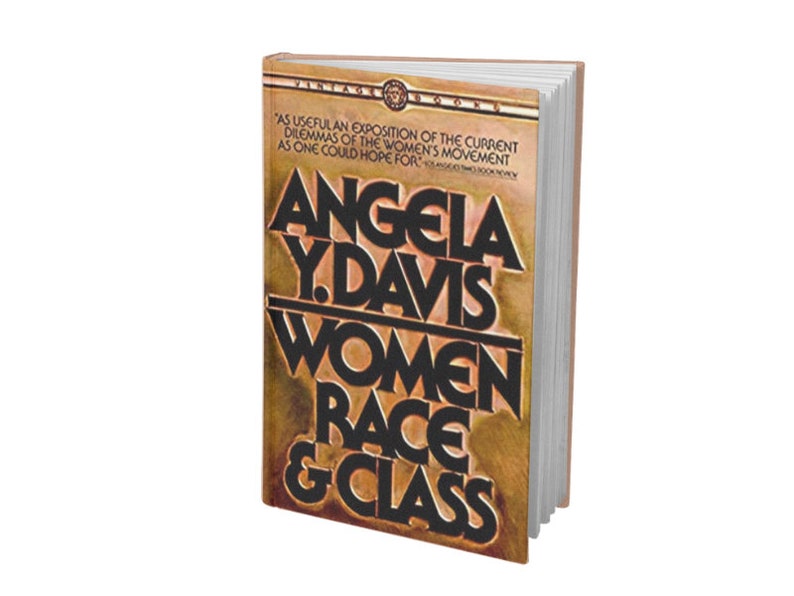
Three years later former slav e Sojourner Truth rose at another women's rights conventi on in Akron, Ohio, Women were not mentioned and black women -Īnn Jones is the author of ''Women Who Kill'' and ''Uncle Tom's Campus.'' were not even present. In 1848 Elizabeth Cady Stanton and Lucretia Mott, distressed by ''male supremacy'' in the antislavery movement, called a conventionĪt Seneca Falls to consider ''the wrongs of society in general and of women in particular.'' The declaration the convention issued, demanding equity in marriage, property laws, education and ''profitableĮmployments,'' had little to do, as Miss Davis sees it, with ''the circu mstances of women outside the social class of the document's framers'' working


In carrying that new womanhood down through history, black women at first were aided by white women in the antislavery movement - and particularly by Sarah and Angelina Grimke, the South Carolina sisters who wrote and lectured on behalf of both abolitionĪnd feminism and whom Miss Davis rightfully admires because they had ''such a profound consciousness of the inseparability of the fight for Black Liberation and the fight for Women's Liberation (that) they were neverĬaught in the ideological snare of insisting that one struggle was absolutely more important than the other.''Īccording to Miss Davis's succinct account, that early promise of unity was pathetically short-lived. Those female slaves worked side by side with men, sabotaged slavery at every turn, Miss Davis says, sometimes even killed their own children to spare them servitude, and, ''passed on to their nominallyįree female descendants a legacy of hard work, perseverance and self-reliance, a legacy of tenacity, resistance and insistence on sexual equality - in short, a legacy spelling out standards for a new womanhood.'' She begins with a powerful account of slavery, reminding us that virtually all black women were, from the beginning, workers - and not ''Mammies''īut field hands. Her approach, through most of this ambitious volume, is historical. In '' Women, Race and Class'' she untangles some strands of that triple knot.

It is like Angela Davis, who has never shied from impossible tasks, to try.

T= HE notion that poor black women are triply oppressed - by class, race and sex - is by now a truism but the ragged course of those biases in the past and the points at which they converge today are not easily January 10, 1982, Sunday, Late City Final Edition The New York Times: Book Review Search Article


 0 kommentar(er)
0 kommentar(er)
